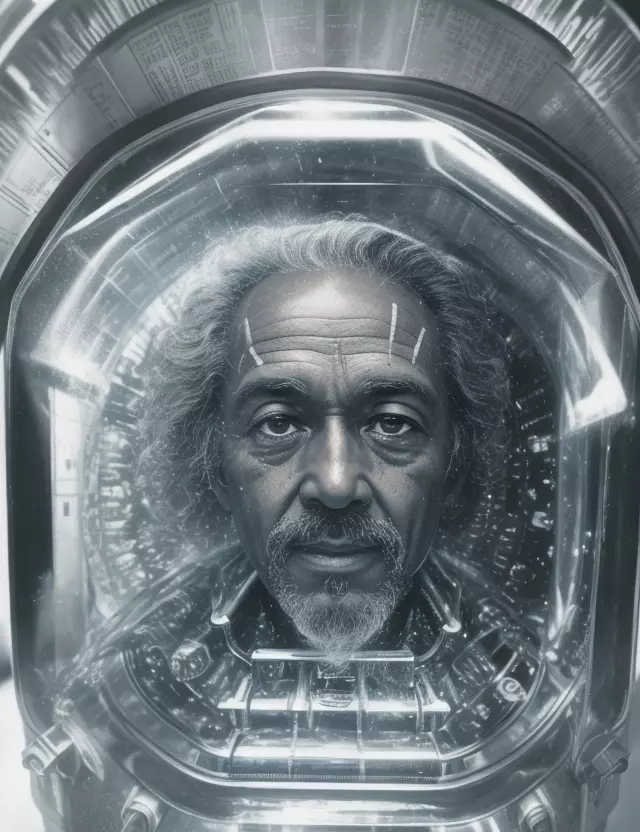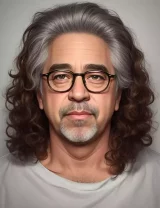Dr. James Bedford and the Dawn of Cryonics
January 12, 1967

Dr. James Bedford and the Dawn of Cryonics
On January 12, 1967, Dr. James Bedford made history by becoming the first person to undergo cryonic preservation, marking the dawn of the practice of cryonics. This groundbreaking moment opened new possibilities for exploring the potential of cryopreservation in the realm of life extension.
The Vision of Cryonics
Cryonics, as envisioned by pioneers like Dr. Bedford, involves the preservation of individuals at very low temperatures, with the hope that future advancements in medical technology may allow for their revival and treatment of underlying conditions that led to their "death."
Dr. Bedford's Decision
Dr. Bedford, a psychology professor, made the decision to undergo cryonic preservation with the belief that future advancements in science and medicine could offer him a second chance at life. His choice marked a bold step into uncharted territory, sparking both curiosity and ethical discussions about the possibilities and implications of cryonics.
The Cryopreservation Process
After Dr. Bedford's passing, his body was carefully prepared and placed in a state of cryopreservation. The process involved lowering his body temperature to a point where biological activity essentially halts, with the aim of preventing cellular damage during the freezing and storage phases.
Legacy and Impact
Dr. James Bedford's decision to undergo cryonic preservation had a lasting impact on the development and popularization of cryonics. While the science and ethics of cryonics continue to be subjects of debate, the practice has persisted, with individuals expressing a range of motivations and beliefs regarding its potential.
Exploring the Future
January 12, 1967, remains a pivotal date in the exploration of life extension technologies. As we reflect on Dr. James Bedford's pioneering journey into cryonics, we contemplate the ongoing quest to push the boundaries of what is possible in the pursuit of extended and rejuvenated life.



